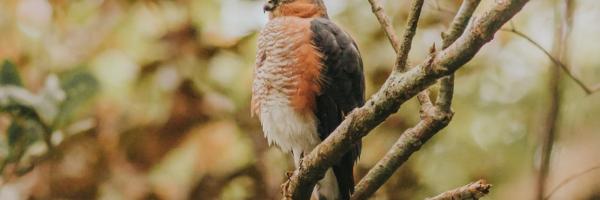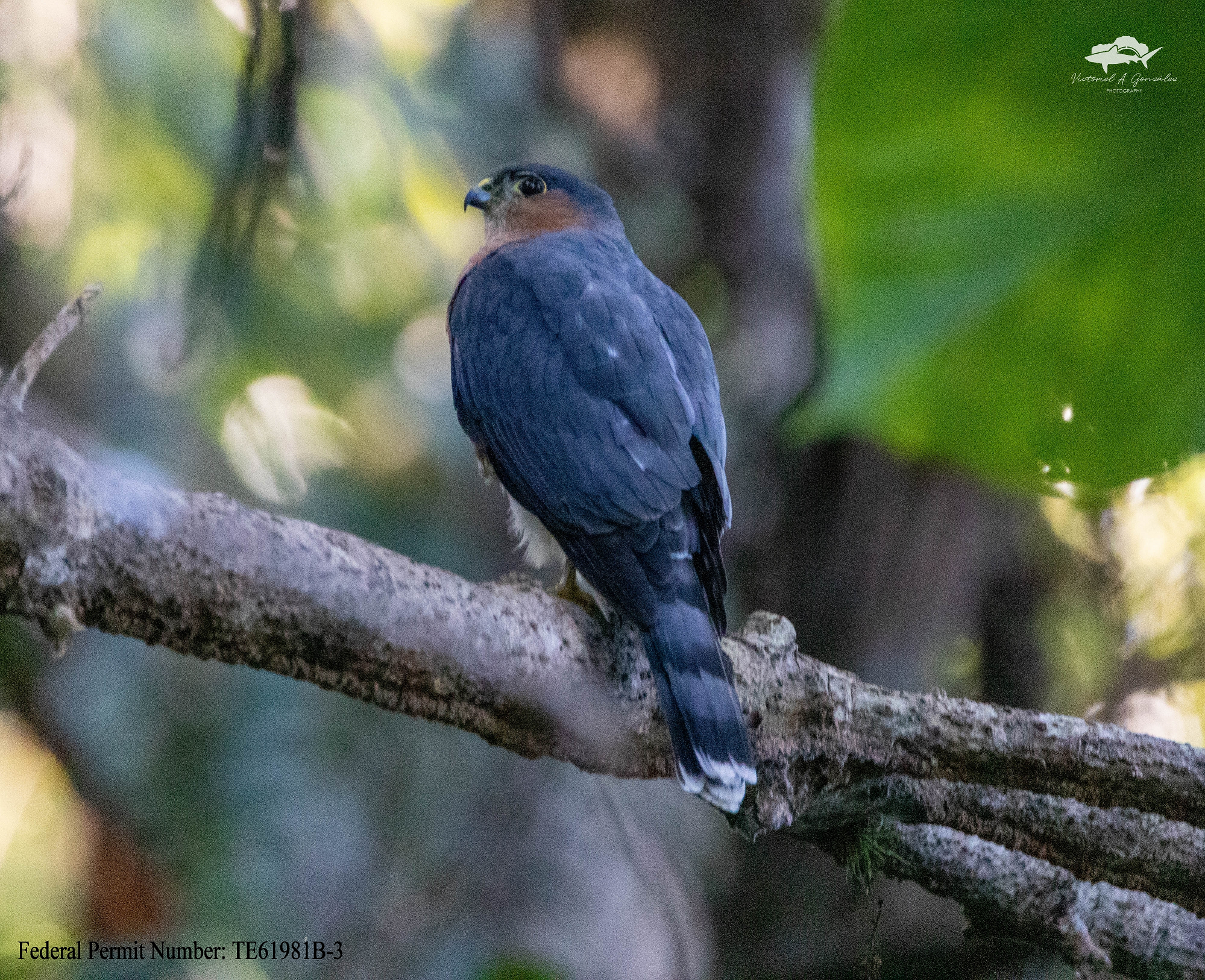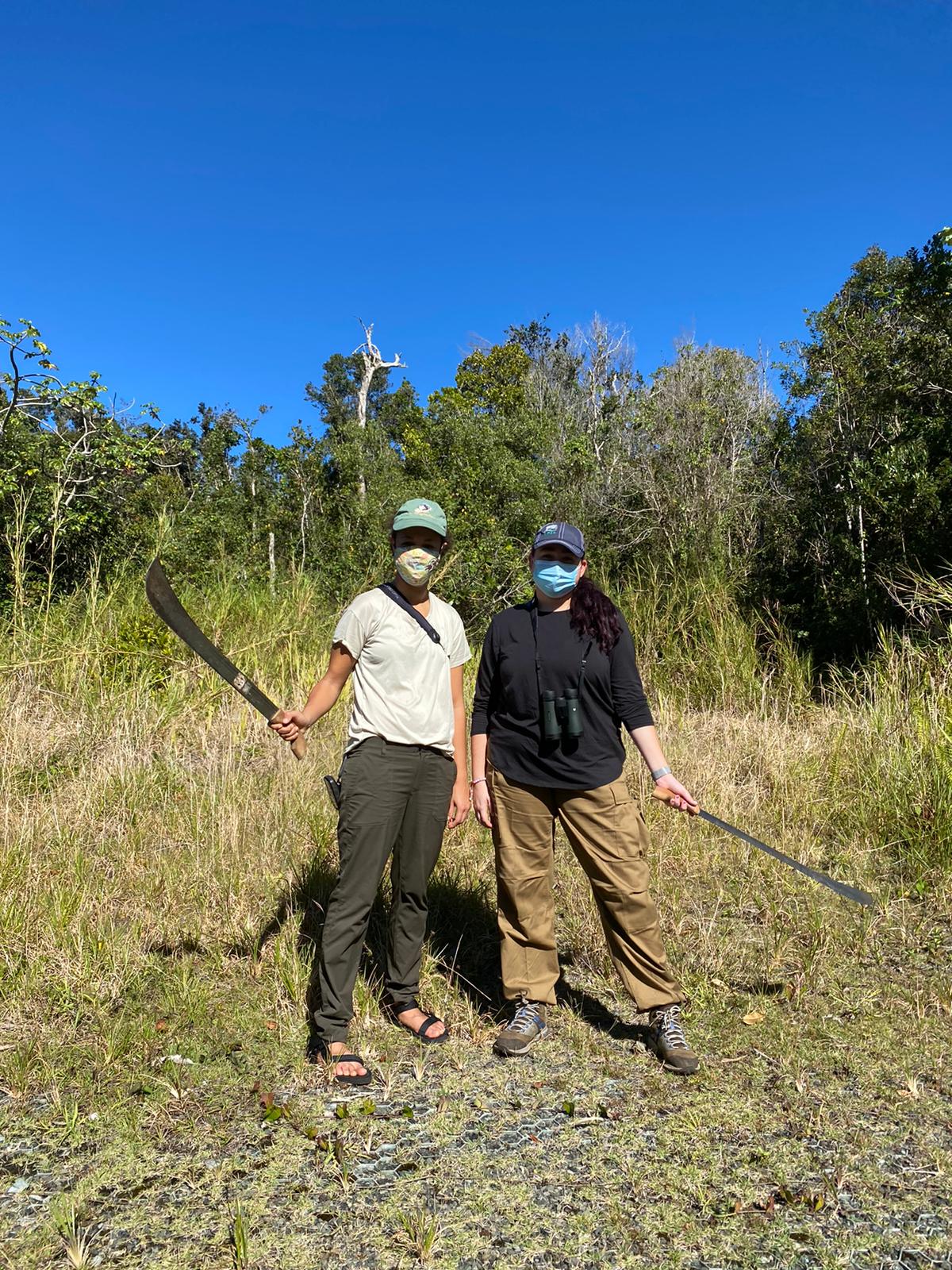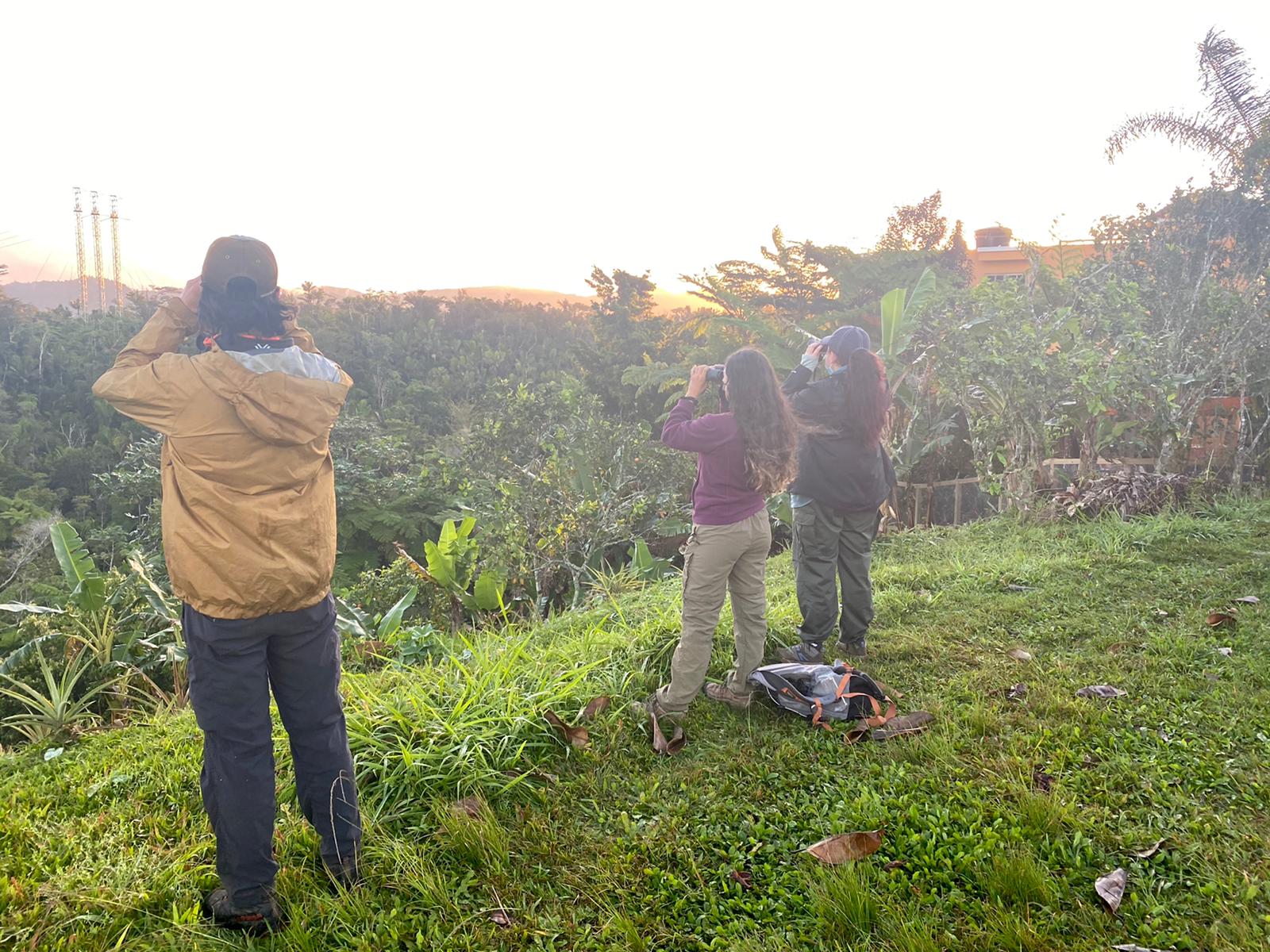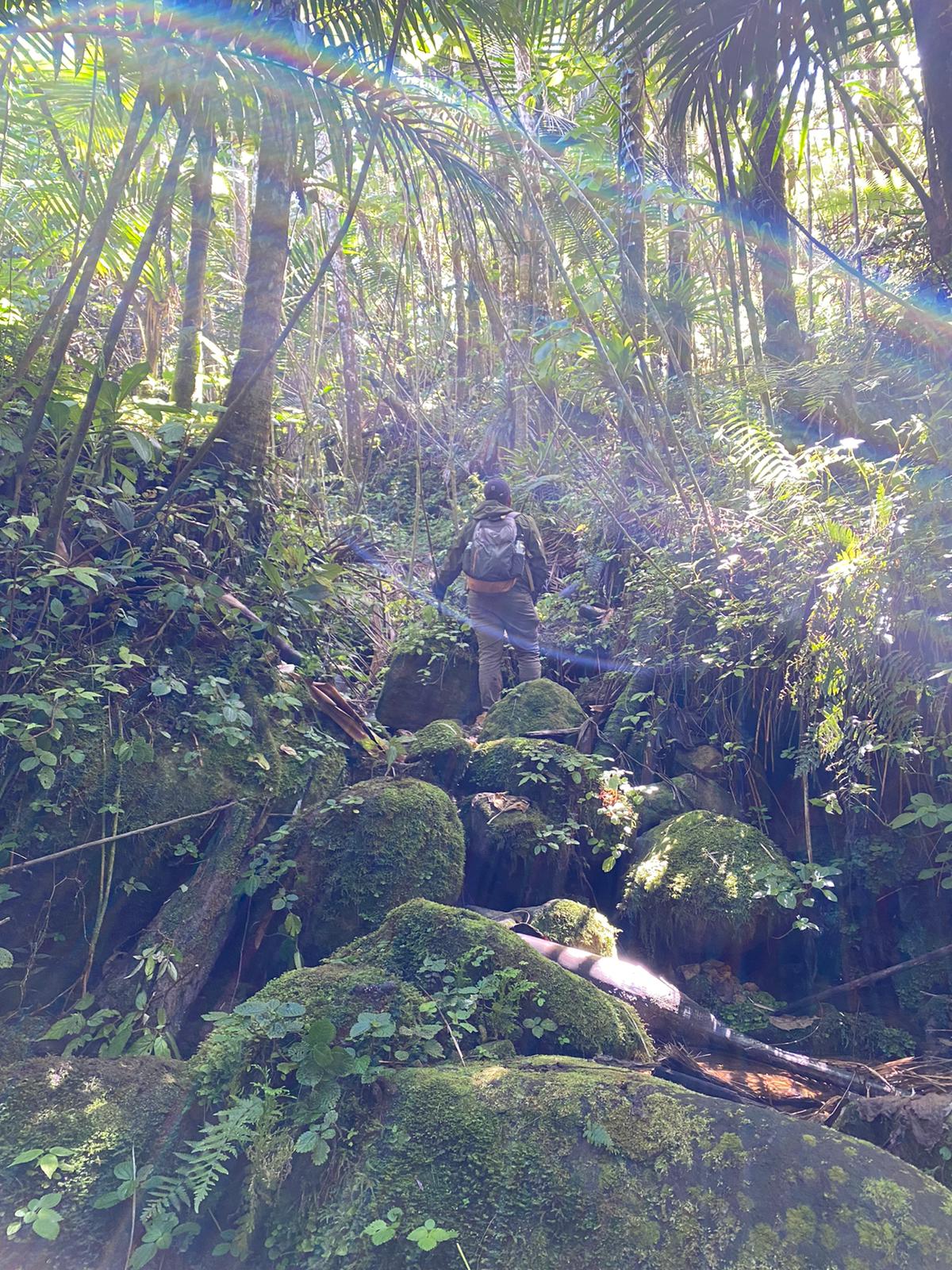Amanda Hancock
Peregrine Fund Propagation Specialist and Field Biologist, Hana Weaver, has an update on our Puerto Rican Sharp-shinned Hawk project.
As 2020 neared it's close, a restless feeling of a new year and a new season of opportunity began to stir in our souls. The reality of COVIDs continued prevalence settled in and by September we began seriously contemplating how and when we could resume field activities while ensuring the safety of the crew and the communities of Puerto Rico. I believe it’s safe to say that we’ve all become intimately familiar with the difficulties of making plans during these trying times, so to say I am thrilled to report good news is a definite understatement!
As of 8 February, we have officially resumed field activities for the Puerto Rico Sharp-shinned Hawk Recovery Project. Along with a locally based crew of field technicians, we have begun daily surveys and searches for breeding pairs of hawks. Though our surveys have only just begun, the team has spotted a few of our wild hawks displaying above their historic territories, as well as one female hawk already nest building! I have yet to see her myself, but the team excitedly reports that she is looking great and also has a blue band on her left leg…a hint that she may be our prized female, 2/Z, who was hand-reared and released in 2018. With a good photograph or scope, we will be able to confirm her band numbers soon.
In due time, I hope to have more exciting notes filled with new observations and field stories. As always, thank you for your continued support throughout such a difficult year, it has not gone unnoticed and we are forever grateful to you!
Male Puerto Rican Sharp-shinned Hawk at a field site in Maricao CommonWealth Forest. Photograph taken by our very own Victoriel Gonzalez!
Field Coordinator extraordinaire Melissa, and Biologist Lorna, preparing to hack their way into the dense forest in search of an elusive sharp-shinned hawk territory. Once we reach a patch of ideal habitat, the crew quietly splits up and moves cautiously through the forest, listening and looking for clues of a hawk's presence.
The crew scans the horizon for hawks in courtship displays above their territory. The Puerto Rican Sharp-shinned Hawk rarely flies above the canopy but when they do, it is most commonly at first light. The crew has just a few moments to spot the hawk, observe the dipping and diving display and then track precisely where the hawk dives back into the forest. Without these morning observations, finding the nesting territories would be nearly impossible!
The path of least resistance through the forest is often along drainages like this; after hours of chopping back razor grass and bamboo vines, the sight of an open pathway can be a great relief!
